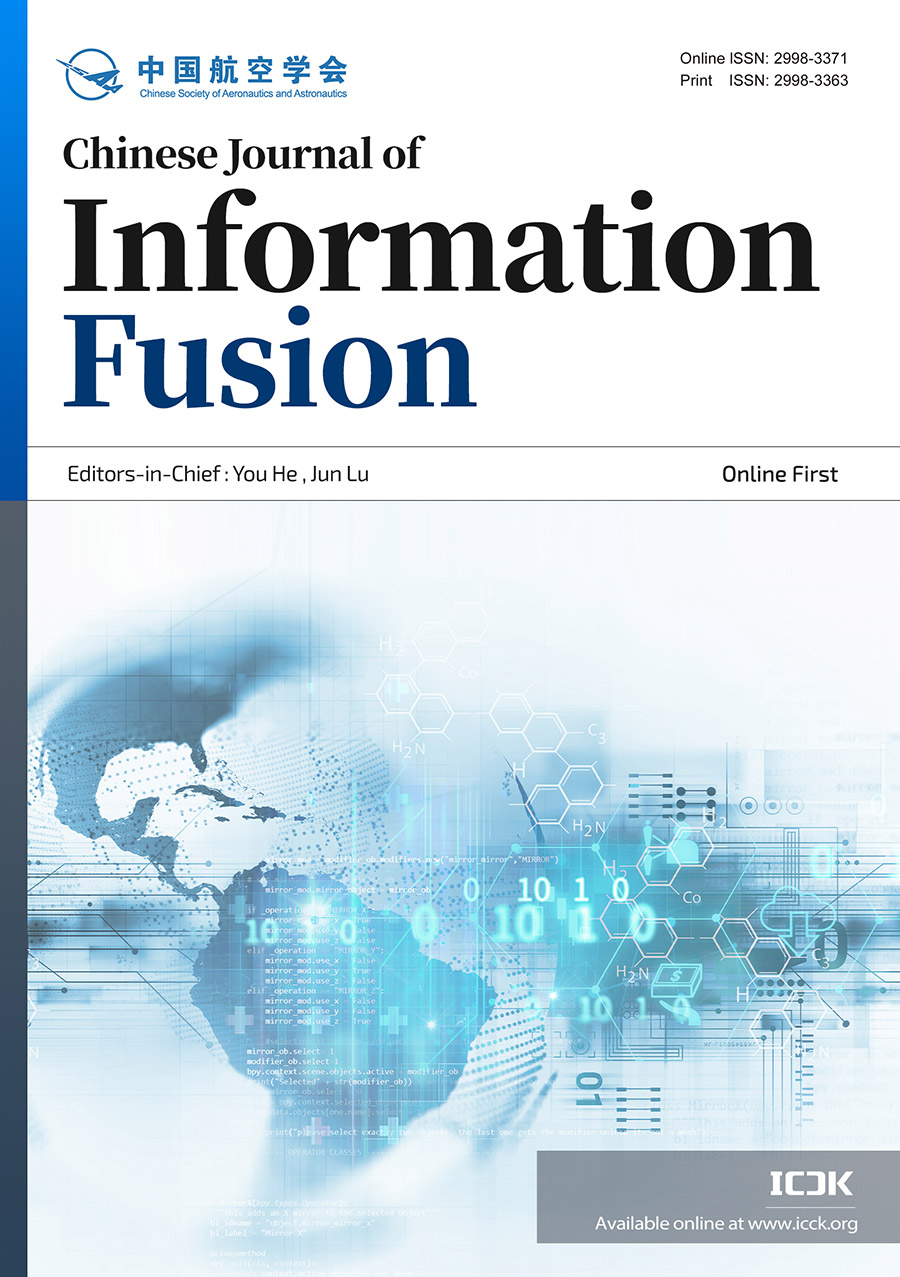Abstract
With the continuous expansion of the application field of artificial intelligence, radar data processing has also begun to fully enter the era of intelligence, and new achievements have emerged in the research fields of target detection, target tracking, and target recognition. At a time of rapid development of artificial intelligence technology, it is necessary to think about the future development of radar data intelligent processing. To this end, combining the research history and the superficial understanding of radar data intelligent processing in the past ten years, our team analyzes the main research progress and challenges of radar data intelligent processing, examines the new requirements for autonomous, multi-modal, and multi-mode radar data intelligent processing, and explores new opportunities in the era of large models, etc. Furthermore, along a research path of ``1 domain foundation model + 3 core task models + N typical application implementations'', the research conceptions and main contents of radar data large model are put forward in order to enable the research of intelligent radar.
Data Availability Statement
Not applicable.
Funding
This work was supported by the National Natural Science Foundation of China under Grant 62171453 and Grant U2433216.
Conflicts of Interest
The authors declare no conflicts of interest.
Ethical Approval and Consent to Participate
Not applicable.
Cite This Article
APA Style
Cui, Y., He, Y., Xia, S., Xiong, W., Xu, P., Liu, Y., Wang, Z., Gu, X., Sun, W., Xiu, J., Kong, Z., Li, H., Lu, Y., & Tang, H. (2025). Research Progress and Prospect of Radar Data Intelligent Processing. Chinese Journal of Information Fusion, 2(4), 275–295. https://doi.org/10.62762/CJIF.2025.861974
Publisher's Note
ICCK stays neutral with regard to jurisdictional claims in published maps and institutional affiliations.
Rights and Permissions

Copyright © 2025 by the Author(s). Published by Institute of Central Computation and Knowledge. This article is an open access article distributed under the terms and conditions of the Creative Commons Attribution (CC BY) license (
https://creativecommons.org/licenses/by/4.0/), which permits use, sharing, adaptation, distribution and reproduction in any medium or format, as long as you give appropriate credit to the original author(s) and the source, provide a link to the Creative Commons licence, and indicate if changes were made.


 Submit Manuscript
Edit a Special Issue
Submit Manuscript
Edit a Special Issue

 Copyright © 2025 by the Author(s). Published by Institute of Central Computation and Knowledge. This article is an open access article distributed under the terms and conditions of the Creative Commons Attribution (CC BY) license (https://creativecommons.org/licenses/by/4.0/), which permits use, sharing, adaptation, distribution and reproduction in any medium or format, as long as you give appropriate credit to the original author(s) and the source, provide a link to the Creative Commons licence, and indicate if changes were made.
Copyright © 2025 by the Author(s). Published by Institute of Central Computation and Knowledge. This article is an open access article distributed under the terms and conditions of the Creative Commons Attribution (CC BY) license (https://creativecommons.org/licenses/by/4.0/), which permits use, sharing, adaptation, distribution and reproduction in any medium or format, as long as you give appropriate credit to the original author(s) and the source, provide a link to the Creative Commons licence, and indicate if changes were made. 